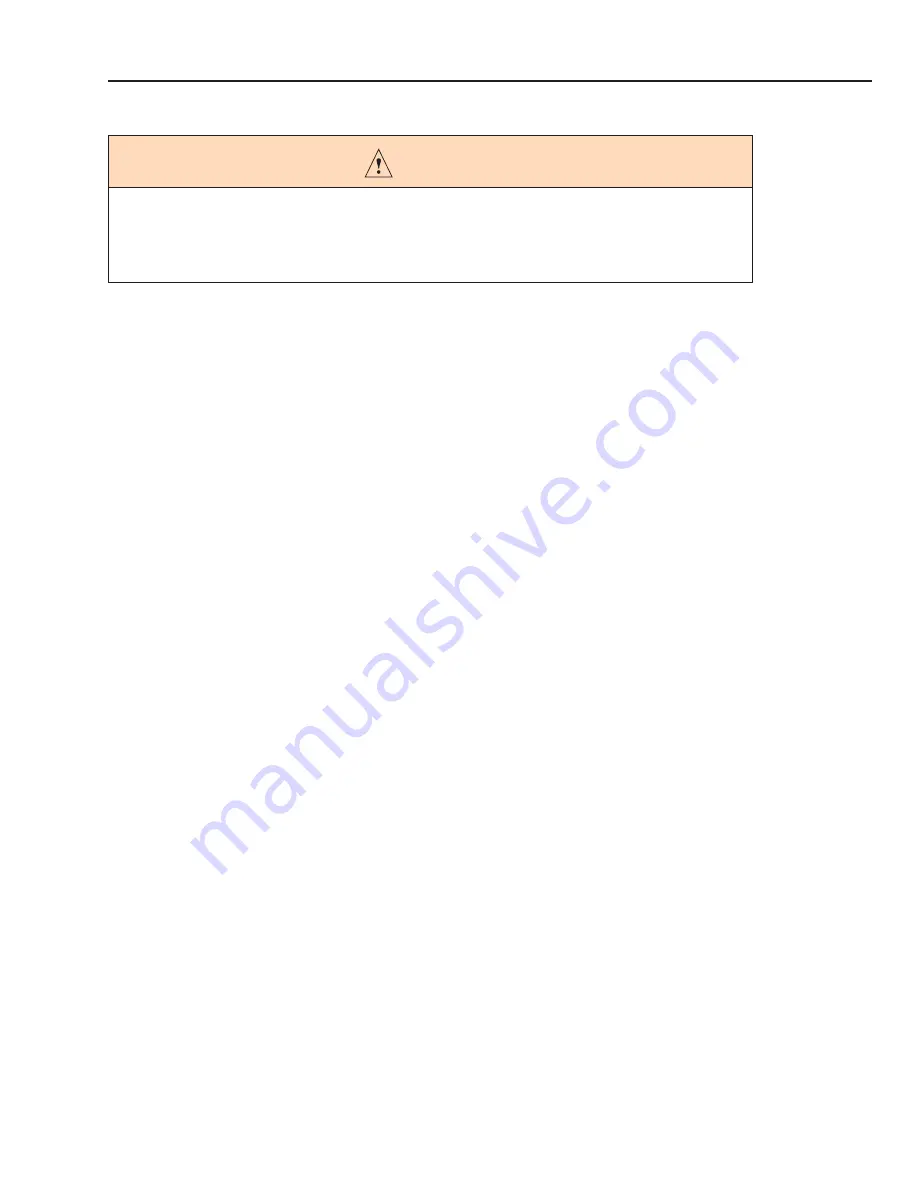
6-3
Chapter 6: Maintenance and Service
W A R N I N G
M.E.K.P. (Methyl ethyl ketone peroxide), gel-coat and acetone are flammable and hazardous
chemicals that must be handled properly. Follow instructions carefully. After the gel-coat is
catalyzed, it will soon heat up and put off fumes. When finished with catalyzed chemicals, or if
they start to build up heat, submerse completely in water until cool.
Bottom Paint
If your boat is left in the water for more than a few days at a time, the hull bottom below the
waterline should be painted with anti-fouling paint to protect it from marine growth and barnacles
that hinder performance. Since anti-fouling paint slowly dissolves, yearly inspection and cleaning
of the hull bottom to prevent marine growth is advised. Repaint when necessary. To help prevent
blistering, use an epoxy barrier coat to be applied in conjunction with the anti-fouling paint.
Canvas
Grady-White’s canvas is made using the highest quality vinyl and latest sewing techniques. The
canvas will not be completely leak proof. The seam holes in your canvas may stretch and tend to
leak. However, you can correct this problem by applying Apseal
®
or Uniseal™ to the seams.
Please understand that Grady-White does not warrant the fit and design of the canvas to be
entirely watertight.
Maintenance of Canvas
To maintain your boat’s top and other canvas follow these guidelines:
• Clean the fabric regularly to prevent the buildup of soil and soil penetration of the fabric.
Simply brush off any loose dirt, hose down canvas and clean with a mild solution and
warm water.
• Do not use petroleum-based or ammonia cleaners on canvas or clear vinyl as they will
yellow.
• For heavily soiled fabric, remove from the frame. Soak the fabric in a solution of
1
⁄
2
cup
(.12 L) of Clorox
®
and
1
⁄
4
cup (.06 L)of Ivory
®
or Lux
®
soap per 1 gallon (3.8 L) of warm
water.
• Let soak until mildew and stains can be brushed out with a common kitchen brush.
• Rinse thoroughly with cold water until all soap is removed.
• Allow fabric to air dry completely.
NOTE: Do not steam press or dry in an electric or gas dryer.
This will damage the canvas fabric.
Water repellent was applied to your canvas during manufacturing. The repellent may have
diminished after extended cleaning. Re-treatment of the fabric is recommended after extended
cleaning. Do not use wax-based treatment products. Use a water based repellent like Apseal
®
or
Uniseal
®
. Scotchguard
®
is effective for short-term use only.
Summary of Contents for Canyon 456
Page 2: ......
Page 8: ...Table of Contents ...
Page 12: ...1 4 Chapter 1 Consumer Information ...
Page 28: ...3 8 Chapter 3 General Information ...
Page 38: ...5 6 Chapter 5 Instrumentation ...
Page 40: ...5 8 Chapter 5 Instrumentation ...
Page 47: ...6 7 Chapter 6 Maintenance and Service ...
Page 48: ...6 8 Chapter 6 Maintenance and Service ...
Page 50: ...6 10 Chapter 6 Maintenance and Service ...
Page 79: ...8 19 Chapter 8 Canyon 456 ...
Page 86: ...8 26 Chapter 8 Canyon 456 ...
Page 88: ...8 28 Chapter 8 Canyon 456 ...
















































